ISSN : 2287-9099
Vol.3 No.4
Abstract
There has been an explosion of new research and writing about all aspects of the information disciplines. Nevertheless, both academics and practitioners often find it difficult to engage in successful writing strategies. Indeed, writing is hard work, and doing it in a way that leads to publication is an even harder task. Since reading is essential to good writing, the challenges of learning to write are obvious. In this essay, I am drawing on many years of experience in writing and publishing, as well as considerable reading of writers’ memoirs, advice books on writing, literary studies, and other perspectives on the experience of writing in order to offer a set of approaches that can be pursued over a lifetime of scholarship and practice. Writing is a craft or art to be learned, and learning demands paying attention to the audience, having clear objectives, being an avid reader, and possessing the ability to accept and learn from criticism. While information professionals and scholars incessantly write for each other, there are large segments of the public and other disciplines who they ignore. Fortunately, the tools and resources for improving one’s writing are both broad and deep; discipline and realistic strategies are all that are required to improve one’s writing and, ultimately, to achieve success in publishing.

Abstract
Evaluation of retrieval systems is mostly limited to laboratory settings and rarely considers changes of performance over time. This article presents an evaluation of retrieval systems for internal Web site search systems between the years 2006 and 2011. A holistic evaluation methodology for real Web sites was developed which includes tests for functionality, search quality, and user interaction. Among other sites, one set of 20 Web site search systems was evaluated three times in different years and no substantial improvement could be shown. It is surprising that the communication between site and user still leads to very poor results in many cases. Overall, the quality of these search systems could be improved, and several areas for improvement are apparent from our evaluation. For a comparison, Google’s site search function was also tested with the same tasks.

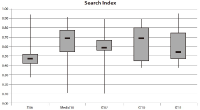



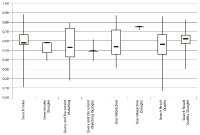
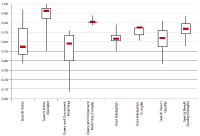


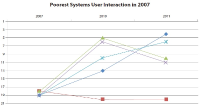
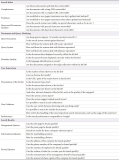
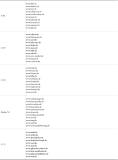



Abstract
The aim of this study is to compare country output and citation impact as well as to assess the level of interdisciplinarity in the field of tribology research during the period 1998-2012, based on the SCOPUS database. Macro-level scientometric indicators such as growth rate, share of international collaborative papers, citation per paper, share of un-cited papers, and publication efficiency index were employed. Further, the Simpson Index of Diversity was used to measure the level of interdisciplinarity. The performance of top countries contributing more than 1000 papers during the study period was discussed. Contributions and share of continents and countries by income groups were examined. Further research contributions and citation impact of selected country groups were analyzed. This study reveals that high levels of interdisciplinarity exist in tribology research. Asia outperforms the other world regions and China contributes most of the papers (25%), while the United States receives most of the citations (22%).





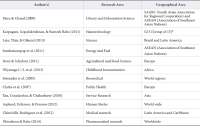

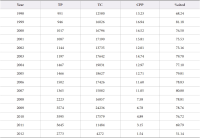








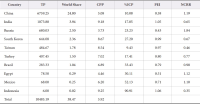

Abstract
Knowledge Management (KM) has become a fundamental process for all types of institutions in society. Academic libraries are also an integral part of the knowledge system, these institutions being one of the forms that contribute to knowledge development. This study aims to find out the challenges and opportunities associated with KM practices in Dhaka University Library (DUL). The specific objectives were to ascertain the understanding of KM concepts among library professionals of DUL, to explore an overview of KM and its role, and to identify the rationale behind not practicing KM properly at DUL. Appropriate methods were employed. The findings indicate that limited expertise and lack of clear guidelines are the major challenges for the implementation of KM in DUL.




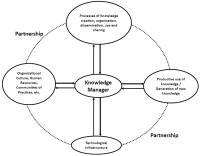







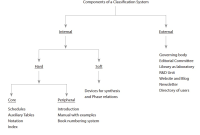
Abstract
This paper describes qualities of a library classification system that are commonly discussed in the LIS tradition and literature, and explains such a system’s three main functions, namely knowledge mapping, information retrieval, and shelf arrangement. In this vein, the paper states the functional requirements of bibliographic classifications, which broadly are subject collocation and facilitation of browsing the collection. It explains with details the components of a library classification system and their functions. The major components are schedules, notations, and index. It also states their distinguished features, such as generalia class, form divisions, book numbers, and devices for number synthesis which are not required in a knowledge classification. It illustrates with examples from the WebDewey good examples of added features of an online library classification system. It emphasizes that institutional backup and a revision machinery are essential for a classification to survive and remain relevant in the print and e-environment.

